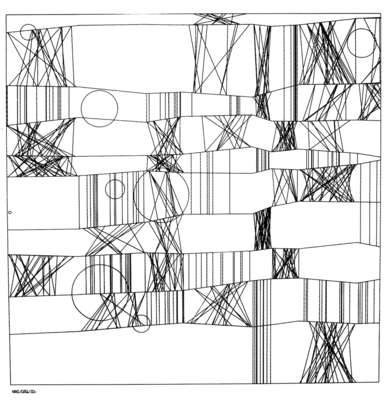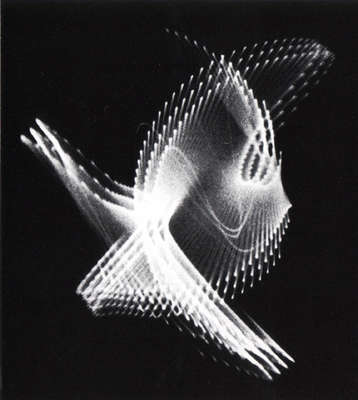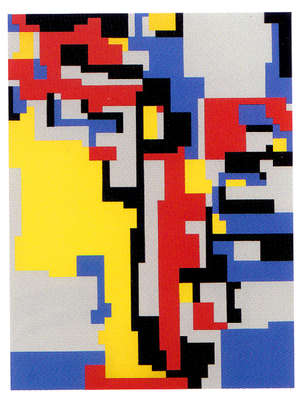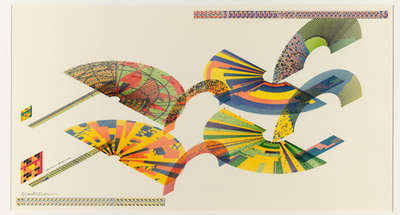The Anne and Michael Spalter collection of (mainly) digital art is one of the largest of its kind in North America (if not worldwide) with over 750 works by digital pioneers and innovators ranging from Vera Molnar and Manfred Mohr to Frieder Nake, George Nees, Ed Zajec, Ben Laposky and later artists such as Jean-Pierre Hébert, James Faure Walker, Corban Walker, and Henry Mandell. The collection also includes several of the earliest computer animations, created by Ken Knowlton and his colleagues at Bell Labs.
The Spalters have lent works to exhibitions at institutions ranging from the Victoria & Albert Museum in London and the Museum of Moder Art (MoMA) in New York to the Daelim Contemporary Art Museum in Seoul, South Korea, and the deCordova Museum and Sculpture Park in Lincoln, MA. (adopted from [Spalter, 2011]).






